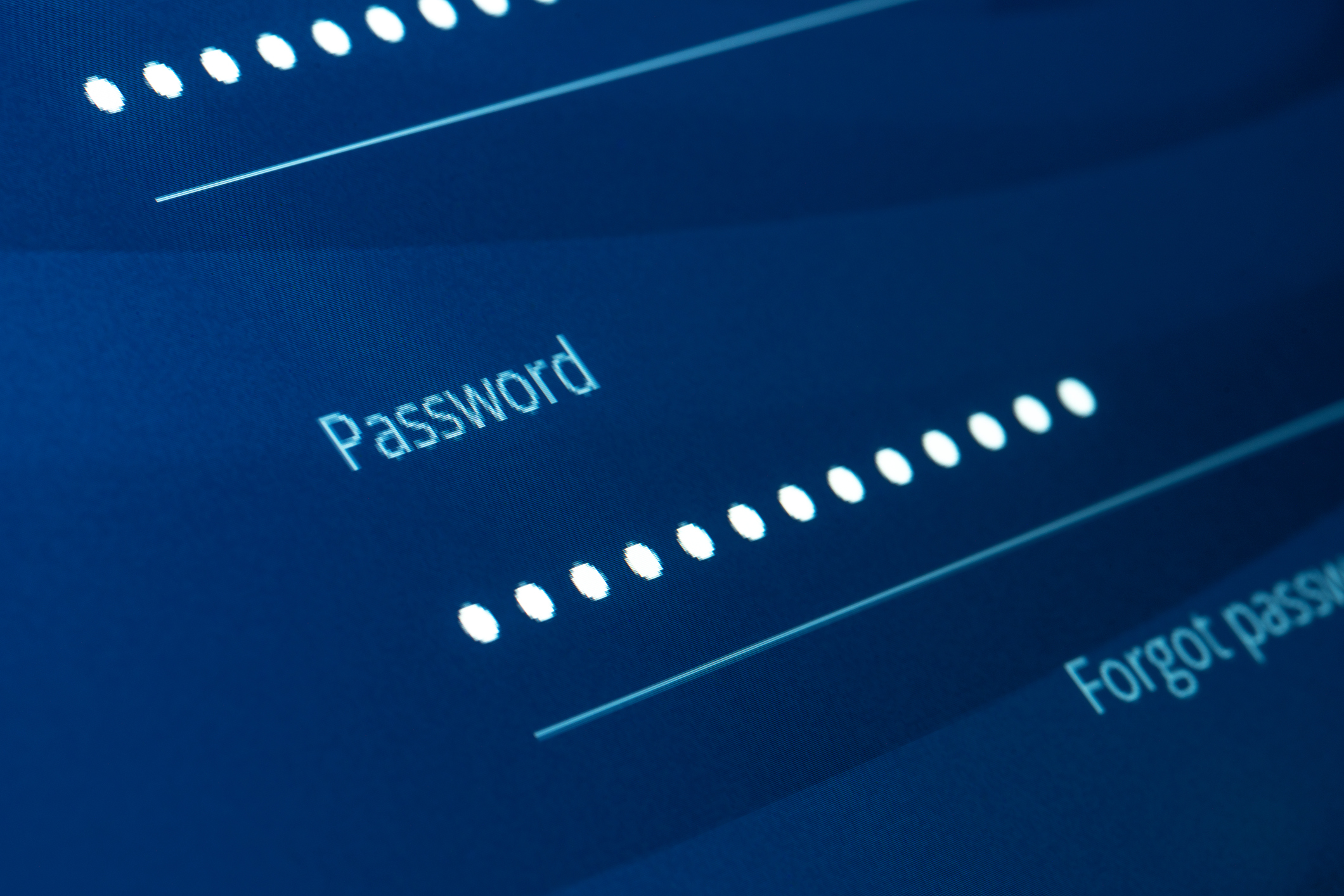Sponsored by Bark
Back-to-school online safety checklist for parents
Just in time for school season

As kids return to their school activities, they’ll need internet access to access educational materials and general information.
The internet has good and bad sides, so keeping your kids safe from the harmful aspects is necessary.
This guide describes the back-to-school online safety checklist for your kids. Read on to learn the crucial factors for keeping them safe while accessing the internet.
Bark: Best parental control for customization
Techradar editors praise the service for its custom controls, "smarter-than-most" app content filtering, as well as SMS and email monitoring. See here for details on Bark's phones and pricing plans.
Techradar Pro Approved Sponsored Offer
1. Open communication
Online safety begins with clearly communicating the risks of using the internet, such as cyberbullying, data theft, online predators, and fraud.
Have open conversations about these risks and why they should avoid them. Make your kids comfortable enough to share any concerning experiences they had online.
You don’t have to be explicit about all risks, especially those that feel too graphic. However, children should have basic information on how to avoid these risks when surfing the web.
2. Setting clear guidelines
You should set clear guidelines about online behavior for your kids, governing which websites they can visit, whom they can interact with, and when to take breaks.
For instance, your guideline can be avoiding gaming sites during the weekdays and playing only on weekends. It can be visiting only educational sites on weekdays and browsing others on the weekends.
Setting clear guidelines is complementary to open communication, letting your kids know what etiquette to adhere to when surfing the web.
3. Parental control apps

You can use parental control apps to enforce agreed-upon guidelines. For instance, you can block gaming sites on weekdays and enable access only on weekends. You can completely block site categories like gambling, adult content, and dating.
Parental control apps maintain wide blocklists of websites for different categories. These lists are updated constantly because of the web’s fast-moving nature. When you block an entire category, your child won’t be able to visit any site on the blocklist.
Parental control apps have many other features to keep your child safe. For instance, you can track your child’s device location in real-time.
You can set daily screen time limits and device bedtimes, helping your child develop healthy digital habits. You can monitor calls and SMS messages to ensure your child doesn't interact with strangers.
4. Password safety

Password safety is a baseline for online security. Your kids’ online accounts should have strong passwords that mix letters, numbers, and symbols.
Kids often have simple instincts, so they might choose passwords like 123456 and password if left alone. Educate them on selecting strong passwords to protect their online accounts, or you can set passwords yourself.
Remembering complex passwords can be hectic, but password managers eliminate this stress.
You can install a password management tool on your kid’s device or browser, enabling them to retrieve passwords for their accounts anytime.
5. Privacy settings
Examine the privacy settings on your child’s device. You can control which apps can access sensitive data like location and account credentials.
Alternatively, you can turn off access to sensitive data for all apps. You can also prevent your kids from changing existing privacy settings without your consent.
Sometimes, children are issued devices at school. Check the privacy settings on these devices and ensure apps don't have unrestricted access to sensitive data. Don't hesitate to ask school administrators about data privacy policies.
6. Browser protection
When kids visit websites, cookies often get installed on their web browsers to store information about their online preferences.
These cookies can be useful, but they also pose privacy risks, making it advisable to restrict them.
In Google Chrome, you can block or manage third-party cookies from the "Privacy and security" settings. For instance, you can allow specific sites to install cookies and block the rest.
Firefox offers "Total Cookie Protection" to block third-party cookie downloads. Like Chrome, you can allow select sites to install cookies but prevent the rest.
Microsoft Edge and other browsers have similar settings, enabling you to protect your kids online.
7. Child-friendly apps
Many popular apps have child-friendly versions with stricter privacy controls and features designed for kids. You should choose the child-friendly versions instead of the general ones.
For instance, if your child watches videos on YouTube, they should use YouTube Kids, not the standard YouTube.
This kid-friendly version has stringent privacy controls and bans inappropriate content. You can turn off search to restrict the videos your kids can see and set screen time limits.
Many other app categories have child-friendly versions, from search engines to gaming, fitness, education, and productivity. Choose them to keep your kids safe online.
8. Screen time restrictions
Unhealthy digital dependence is an increasing concern for kids. Extreme preoccupation with the internet can cause sleep disturbances and declines in academic performance.
Hence, you should restrict your kids’ screen time, especially at night, as it can interfere with healthy sleep patterns.
As mentioned, parental control apps let you set screen time restrictions for kids. You can control these restrictions from your device to prevent distractions.
You can also collect your kid’s device at night and give it to them the following morning. Screen time limits help your kids learn properly at school.
9. Familiarize yourself with digital apps
You won’t know the best way to guide if you aren’t familiar with the digital tools your children use. Hence, take the time to learn about the platforms your children use for school activities.
How do they access their homework? How do they submit assessments online? Which educational tools do they interact with? These are crucial things to learn about.
After familiarizing yourself with these tools, you can easily grasp how to manage them for safety purposes.
For example, you can decide which tools to block from accessing sensitive data. You can choose the tools permitted to install cookies or download multimedia files on your kid’s device.
Familiarization also prevents you from being outwitted by kids. You don’t want to be that parent whose kids convince them that they submit homework via Fortnite or Roblox.
Final words
Open communication, parental control apps, strong passwords, screentime restrictions, cookie management, etc., are vital for online safety.
Digital safety is a key part of being a parent, and this checklist helps you fulfill this duty. Follow this checklist to keep your kids safe as they return to school.
Sign up to the TechRadar Pro newsletter to get all the top news, opinion, features and guidance your business needs to succeed!
Stefan has always been a lover of tech. He graduated with an MSc in geological engineering but soon discovered he had a knack for writing instead. So he decided to combine his newfound and life-long passions to become a technology writer. As a freelance content writer, Stefan can break down complex technological topics, making them easily digestible for the lay audience.

